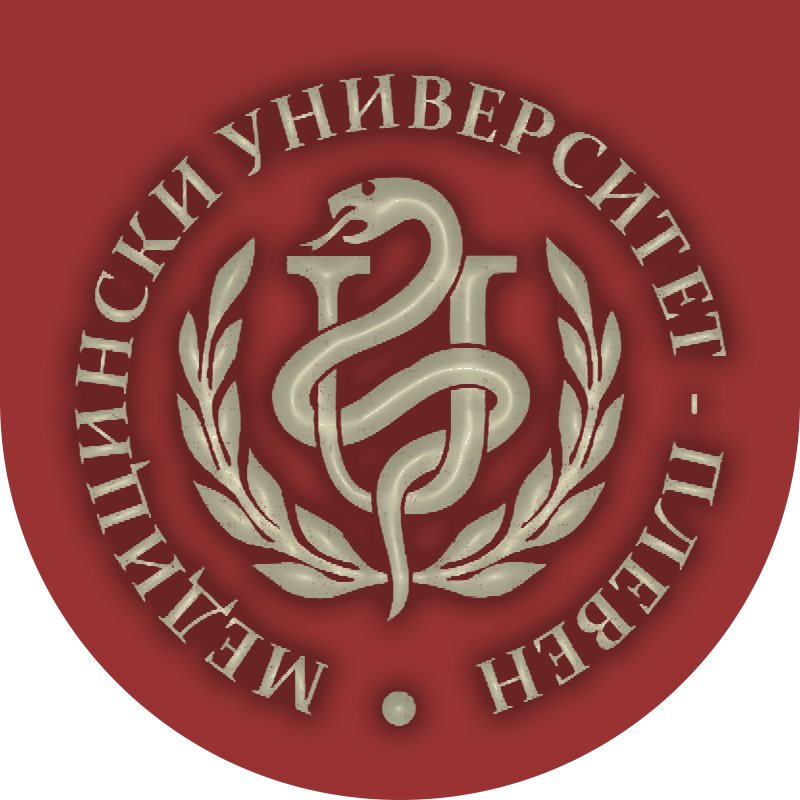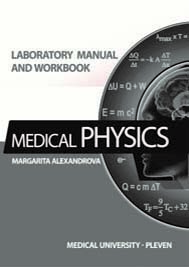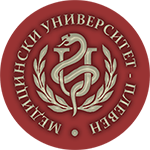„MEDICAL PHYSICS LABORATORY MANUAL AND WORKBOOK“
Автор: Проф. Маргарита Александрова, д.м.н.
Учебно ръководство на английски език
Първо издание
© Издателски център на МУ-Плевен,
ISBN- 978-954-756-223-3
Анотация:
Medical Physics is a branch of applied physics, which uses physical concepts and principles for prevention, diagnosis and treatment of human disease. Since the discovery of X-rays and radioactivity, medical physics has been a catalyst in the development of modern medicine. The application of theoretical and practical physics to biology, physiology and medicine is a way of using physics knowledge to develop tools and treatment approaches that help humans live longer and be healthier. While the human being as a whole is unique, many of the phenomena taking place within the body can be understood from a physical point of view. Living organisms are very complex, but they are governed by the laws of physics on all levels of organization. Much of the biological research during the past hundred years has been made to understand living system functioning in terms of the fundamental laws of physics. So far, biological research has not revealed any areas where physical laws do not apply.
Also, physics is found to be very closely involved in pharmaceutical science, more than any other field of science. Physics can be considered as a backbone that supports pharmaceutical investigations. The laws of physics explain the structure, action and effects of pharmaceutical substances on biological systems.
Measurement is one of the most fundamental concepts in science. Without the ability to measure, it would be difficult for scientists to conduct experiments or create theories. The physics laboratory provides an opportunity to validate physical theories in a quantitative manner. Moreover, practical laboratory work demonstrates the limitations in the application of physical theories to real physical situations.
The purpose of the laboratory exercises included in this Medical Physics Laboratory Manual is both to demonstrate some physical principles and law and help students learn about various analytical methods and approaches. The manual includes twenty-one topics. Every topic consists of five sections: objectives, theoretical background, laboratory report, questions and problems. According to the well-validated practice, students achieve the best laboratory results if they have learnt the corresponding theoretical material as well as references before recording experimental data. Original data should always be recorded in the data tables provided. Students must avoid the habit of recording the original data on scratch sheets and transferring them to data tables later. When working in a group, all students should contribute to the actual process of data collection. Each student should record data separately even if the group takes only one set of data. During the experiment, students have the opportunity to seek advice from and discuss both methodology and results obtained with members of the teaching staff. Formal data submission and analysis is the final objective for students attending a course of medical physics.




